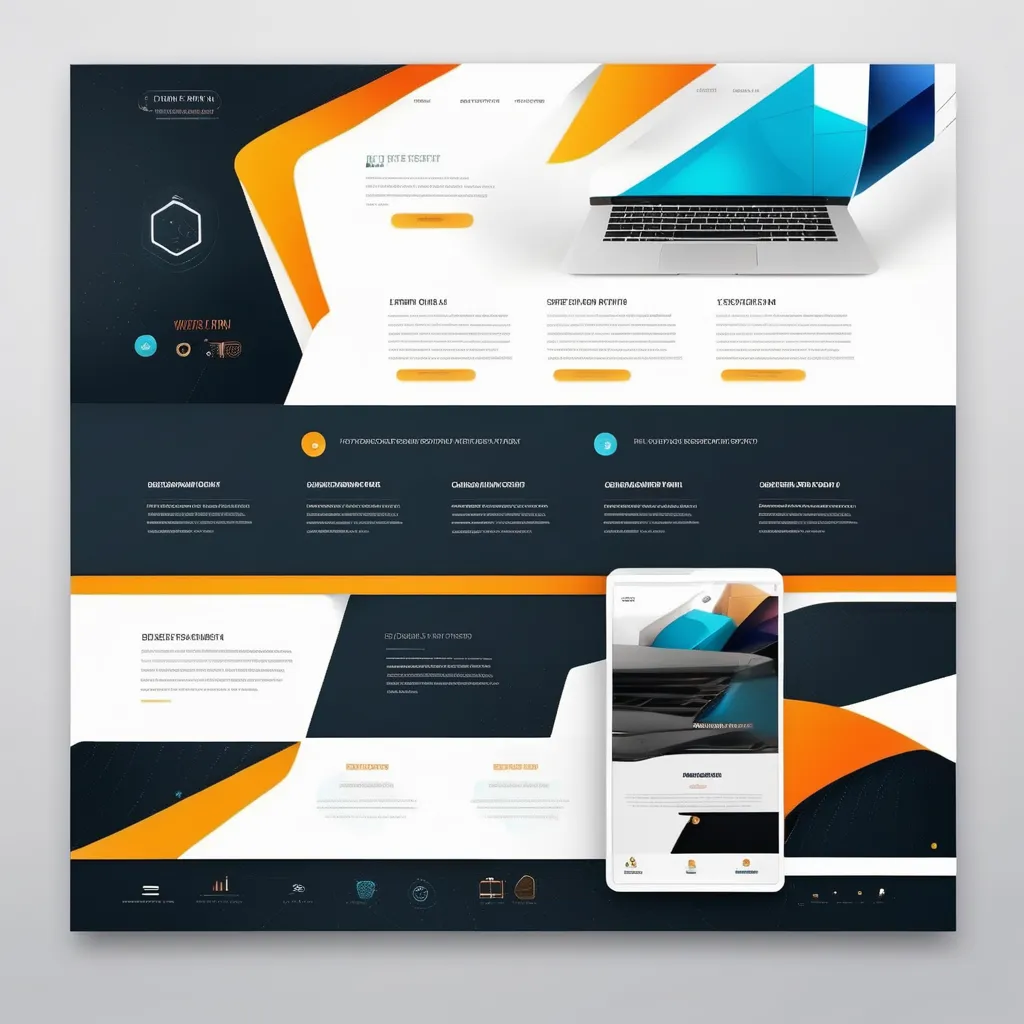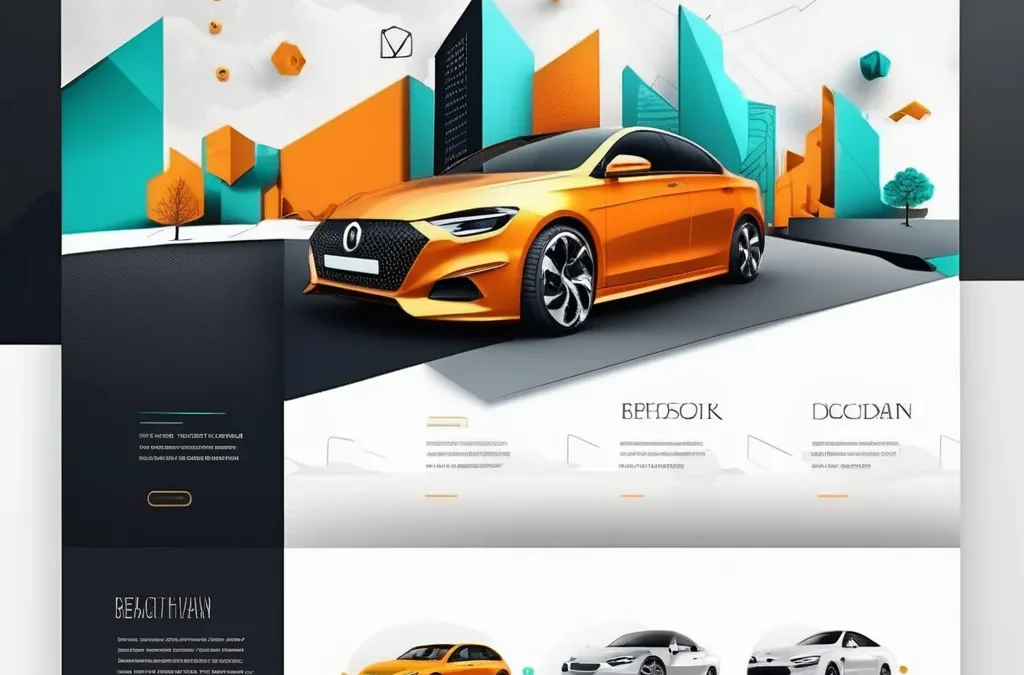Optimize Website For UX: A Simple Guide
Contents
- 1 Optimize Website For UX: A Simple Guide
- 1.1 Introduction
- 1.2 Understanding the Importance of Optimizing Website For UX
- 1.3
- 1.4
- 1.5
- 1.6 Key Strategies to Optimize Website For UX
- 1.7 Advanced Techniques to Optimize Website For UX
- 1.8 Tools and Resources to Optimize Website For UX
- 1.9 Common Mistakes to Avoid When Optimizing Website For UX
- 1.10 FAQs
- 1.10.1 Q1: What are the key factors to optimize website for UX?
- 1.10.2 Q2: How does website speed affect user experience?
- 1.10.3 Q3: What tools can I use to improve UX on my website?
- 1.10.4 Q4: How important is mobile optimization for UX?
- 1.10.5 Q5: What is the role of user testing in optimizing website for UX?
- 1.11 Conclusion
- 1.12 Resource Links
Introduction
Have you ever visited a website and found it hard to use? Maybe the buttons were too small or the page took forever to load. This can make you want to leave and find a better site. That’s where Optimize Website For UX comes in. UX stands for User Experience, which means how easy and enjoyable a website is to use. When we optimize a website for UX, we make sure it’s simple, fast, and fun for everyone. Let’s explore how to make your website better for all your visitors!
Understanding the Importance of Optimizing Website For UX
What Does It Mean to Optimize Website For UX?
Optimizing a website for UX means making changes to improve how users interact with your site. It’s like cleaning up your room so everything is easy to find and use. When a website is easy to use, people stay longer and do what you want them to do, like buy something or sign up for a newsletter.
Key Elements of UX Optimization
- Usability: Making sure everything works well.
- Accessibility: Ensuring everyone can use the site, including people with disabilities.
- Design Aesthetics: Making the site look nice.
- Performance: Making sure the site loads quickly.
Benefits of Optimizing Website For UX
- Increased User Satisfaction: Happy users come back.
- Higher Conversion Rates: More people do what you want, like buying a product.
- Improved SEO Rankings: Search engines like Google rank your site higher.
The Role of UX in Modern Web Design
UX is a big part of how websites are built today. It’s not just about looking good but also about being easy to use.
UX vs. UI: Understanding the Difference
- UX (User Experience): How a website feels and works.
- UI (User Interface): How the website looks.
Both are important, but optimizing website for UX focuses more on how users interact with the site.
Case Studies Highlighting Effective UX Optimization
- Example 1: A shopping site that made checkout easier saw more sales.
- Example 2: A blog that improved navigation had more readers staying longer.

Optimize Website For UX
Key Strategies to Optimize Website For UX
Implementing Responsive Design to Optimize Website For UX
Responsive design means your website looks good on all devices, like phones, tablets, and computers. It’s like having clothes that fit well on any body type.
Mobile-First Design Principles
- Prioritize Mobile Users: Start designing for phones first.
- Adapt Layouts: Make sure the site works well on smaller screens.
Ensuring Cross-Browser Compatibility
- Test on Different Browsers: Make sure your site works on Chrome, Firefox, Safari, etc.
- Use Compatible Technologies: Choose tools that work well across browsers.
Enhancing Website Load Speed to Optimize Website For UX
A slow website can frustrate users. Think of it like waiting too long in line; you might leave before reaching the front.
Optimizing Images and Media
- Image Compression: Reduce image file sizes without losing quality.
- Use Appropriate Formats: Choose the right file types for images and videos.
- Lazy Loading Techniques: Load images as users scroll down.
Minimizing HTTP Requests and Leveraging Caching
- Reduce the Number of Requests: Fewer elements mean faster loading.
- Implement Browser Caching: Store parts of your site on users’ devices for quicker access.
Good navigation helps users find what they need quickly, like having clear signs in a store.
Designing Clear and Consistent Menus
- Logical Categorization: Group similar items together.
- Consistent Placement: Keep menus in the same spot on every page.
- Clear Labeling: Use simple names for menu items.
Utilizing Breadcrumbs and Internal Linking
- Enhance User Orientation: Show users where they are on the site.
- Improve Site Hierarchy Understanding: Help users see the relationship between pages.
Advanced Techniques to Optimize Website For UX
Personalization and User-Centric Design to Optimize Website For UX
Personalizing a website makes it feel special for each user, like a tailor-made suit.
Utilizing User Data and Analytics
- Collect User Behavior Data: See what users do on your site.
- Analyze Data to Inform Design: Use insights to make improvements.
Implementing Personalized Content and Recommendations
- Dynamic Content: Show different content based on user actions.
- Recommendation Engines: Suggest products or articles users might like.
Accessibility Considerations to Optimize Website For UX
Making your site accessible means everyone can use it, including people with disabilities.
Adhering to WCAG Guidelines
- Web Content Accessibility Guidelines: Follow these rules to make your site accessible.
- Implementing Accessibility Features: Add things like text descriptions for images.
Tools for Testing Accessibility
- Axe: An accessibility testing tool.
- WAVE: A web accessibility evaluation tool.
- Lighthouse: Google’s tool for improving web pages.
Leveraging Microinteractions to Optimize Website For UX
Microinteractions are small details that make a site feel interactive and responsive.
Designing Effective Feedback Mechanisms
- Visual Feedback: Show users their actions were successful, like a checkmark.
- Auditory Feedback: Use sounds for actions, like a click noise.
Utilizing Animations and Transitions
- Smooth Animations: Make movements on the site look natural.
- Guiding Users: Use animations to show where to click next.
Tools and Resources to Optimize Website For UX
Essential UX Design Tools to Optimize Website For UX
These tools help you create and improve your website’s UX.
Wireframing and Prototyping Tools
- Sketch: A tool for designing website layouts.
- Figma: A collaborative design tool.
- Adobe XD: A tool for creating prototypes.
User Testing and Feedback Tools
- UserTesting: Get feedback from real users.
- Hotjar: See how users interact with your site through heatmaps.
- Google PageSpeed Insights: Analyze your site’s speed.
Learning Resources to Optimize Website For UX
Learn more about UX to keep improving your website.
Online Courses and Tutorials
- Coursera: Offers courses on UX design.
- Udemy: Provides various tutorials on website optimization.
Influential UX Blogs and Communities
- Nielsen Norman Group: Expert articles on UX.
- Smashing Magazine: Tips and trends in web design.
- UX Design Communities: Join forums and groups to share ideas.
Common Mistakes to Avoid When Optimizing Website For UX
Overcomplicating Design Elements to Optimize Website For UX
Sometimes, trying to add too many features can make a site hard to use.
Avoiding Clutter and Maintaining Simplicity
- Minimalism: Keep designs clean and simple.
- Focus on Essentials: Only include what’s necessary.
Streamlining User Journeys
- Intuitive Pathways: Make it easy for users to reach their goals.
- Reducing Unnecessary Steps: Remove extra clicks or pages.
Neglecting Mobile Users to Optimize Website For UX
Ignoring mobile users can drive them away since many use phones to browse.
Failing to Test Across Devices
- Comprehensive Testing: Check how your site looks on different devices.
- Various Screen Sizes: Ensure your site works on all screen sizes.
Ignoring Mobile-Specific Features
- Touch-Friendly Elements: Make buttons easy to tap.
- Optimizing for Mobile Interactions: Design for how users interact on phones.
FAQs
Q1: What are the key factors to optimize website for UX?
Optimizing website for UX involves usability, responsive design, load speed, intuitive navigation, and accessibility.
Q2: How does website speed affect user experience?
Faster load times improve user satisfaction, reduce bounce rates, and enhance overall engagement.
Q3: What tools can I use to improve UX on my website?
Tools like Figma for design, Hotjar for user feedback, and Google PageSpeed Insights for performance analysis.
Q4: How important is mobile optimization for UX?
Extremely important, as a significant portion of users access websites via mobile devices, expecting seamless experiences.
Q5: What is the role of user testing in optimizing website for UX?
User testing provides valuable insights into user behavior and preferences, allowing for informed design improvements.
Conclusion
Optimizing your website for UX is like making a playground where everyone can have fun. By focusing on usability, speed, and accessibility, you create a space where visitors enjoy their time and come back again. Remember to keep things simple, listen to your users, and use the right tools to make your website the best it can be. Start optimizing your website for UX today and watch your site become a favorite spot for everyone!

